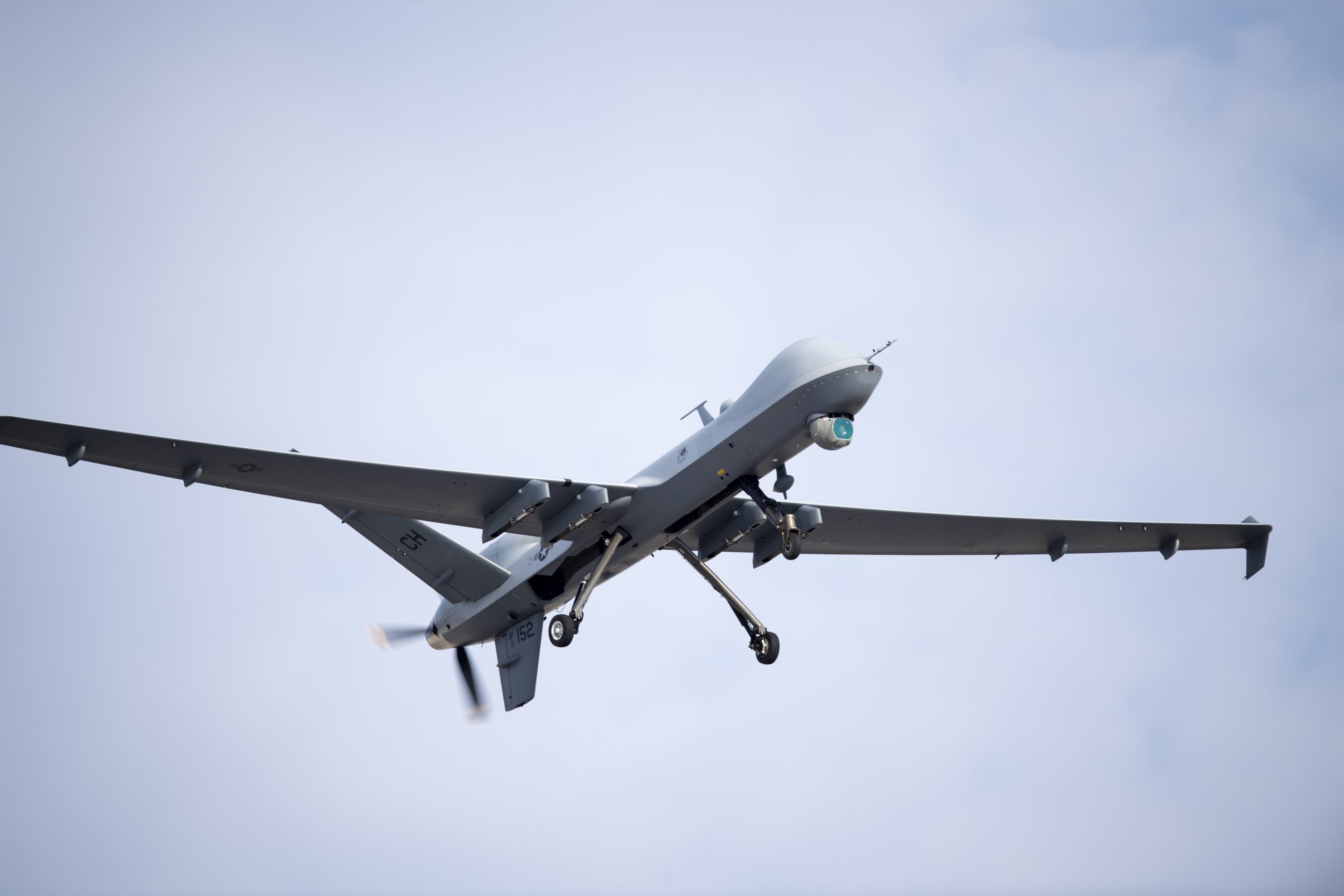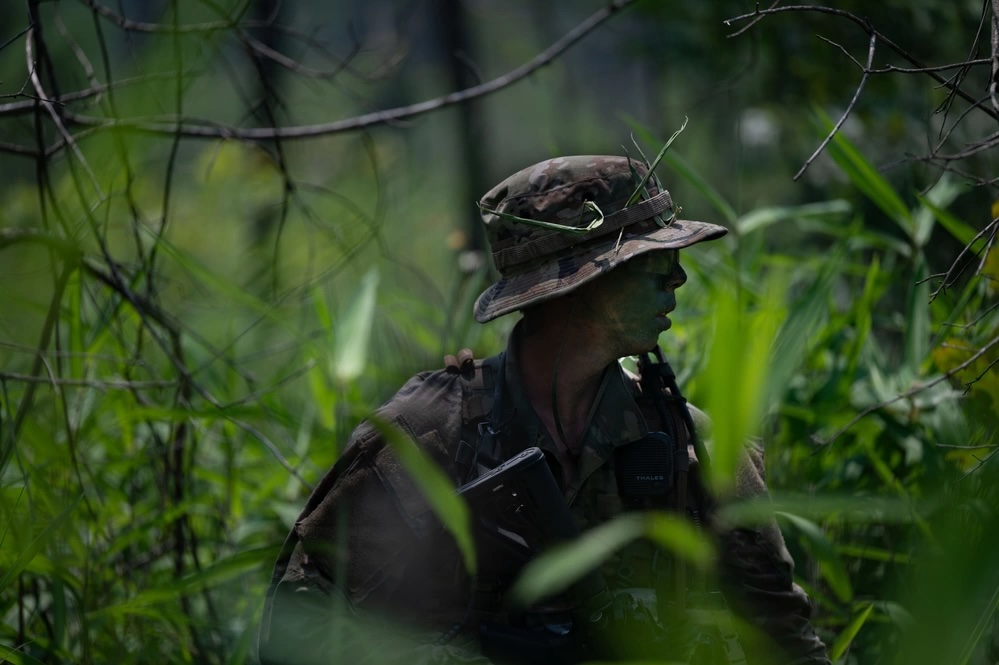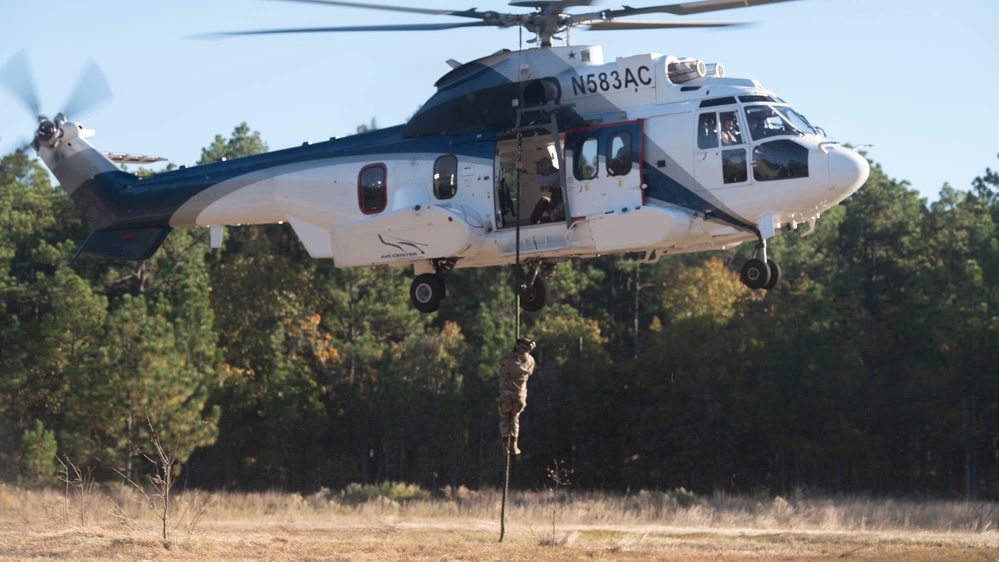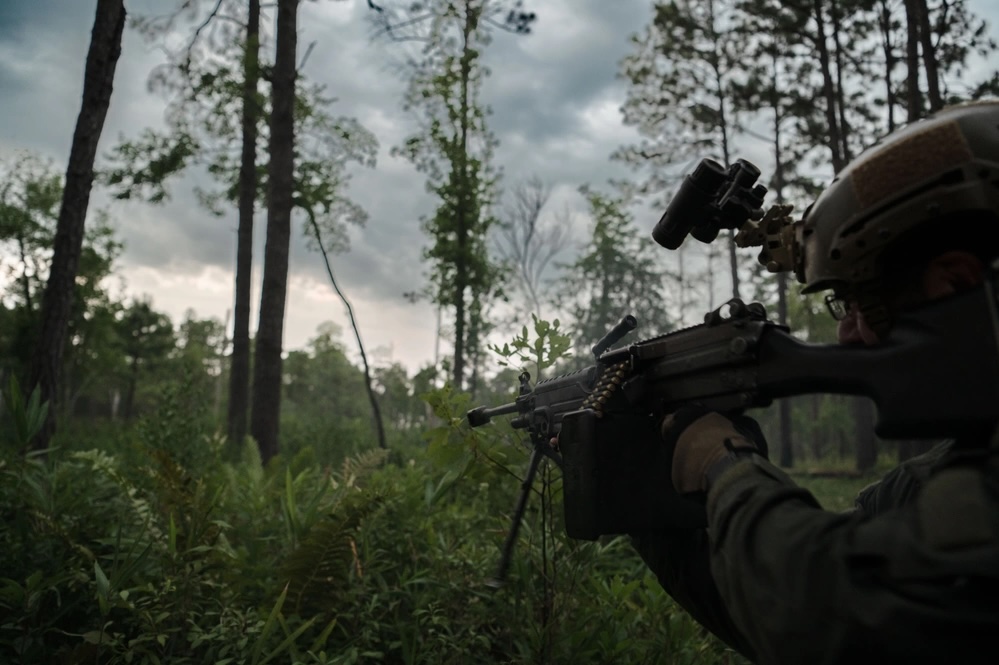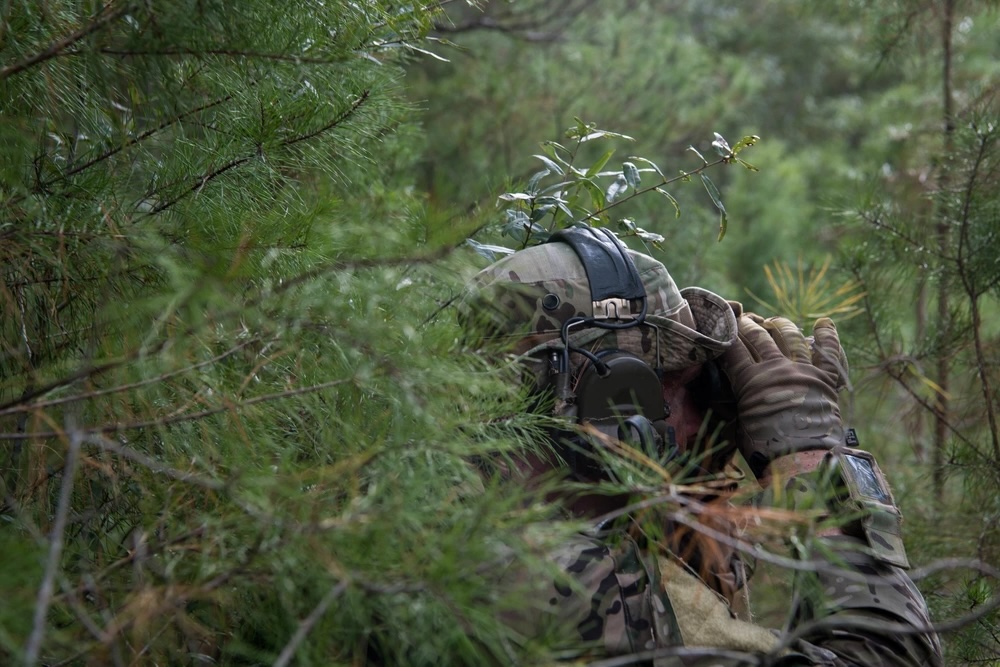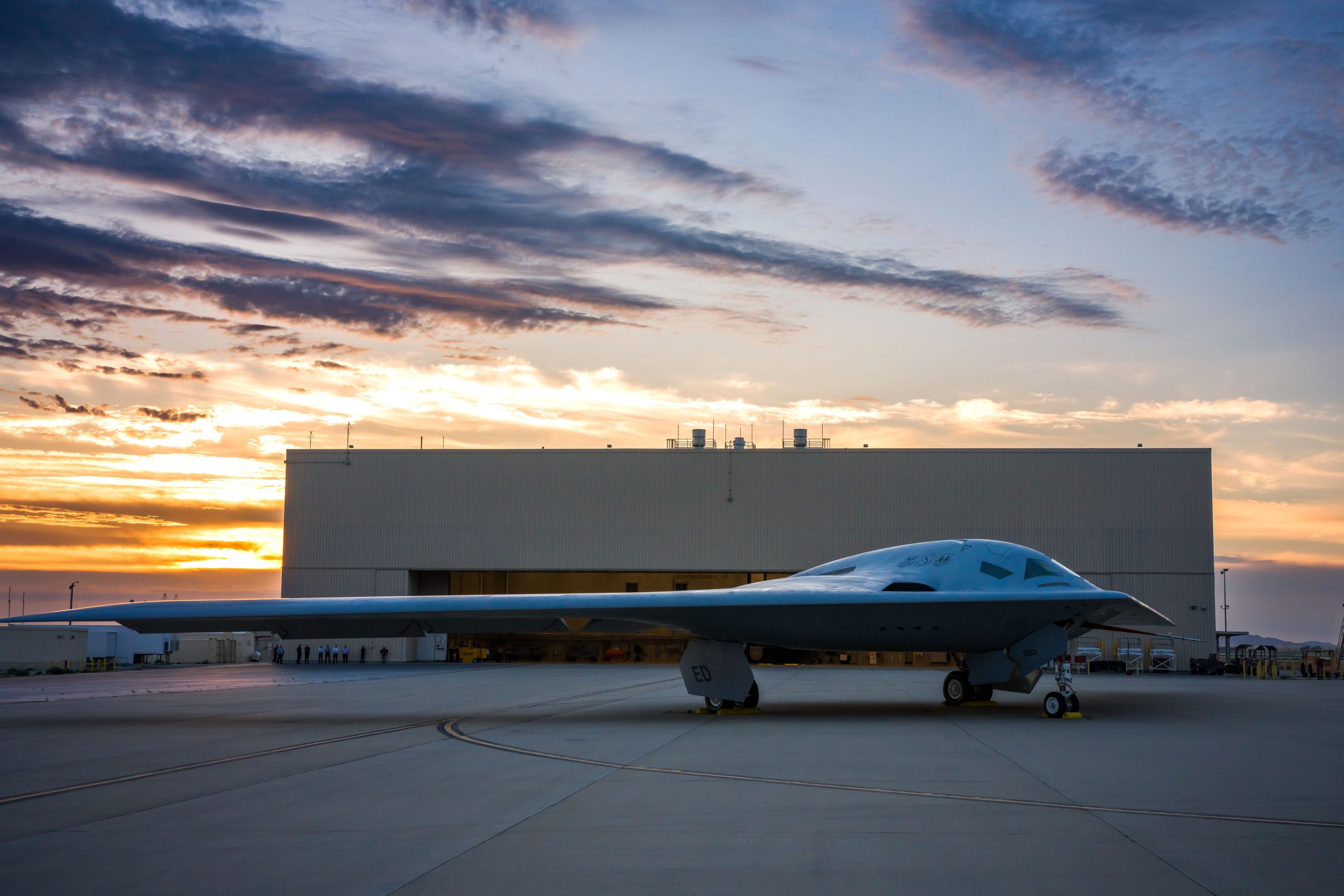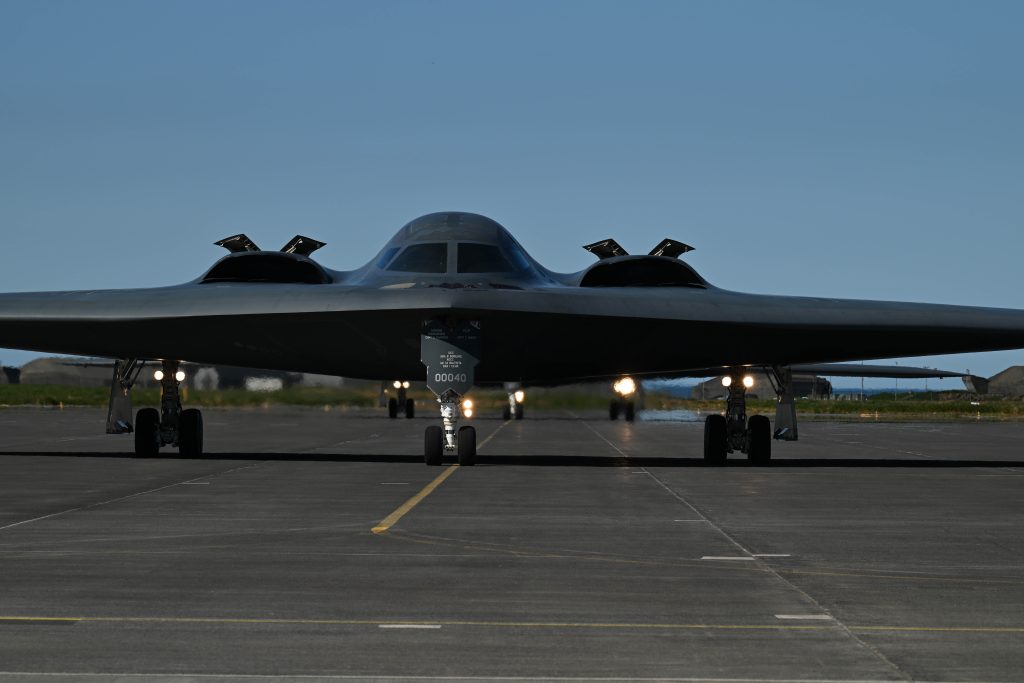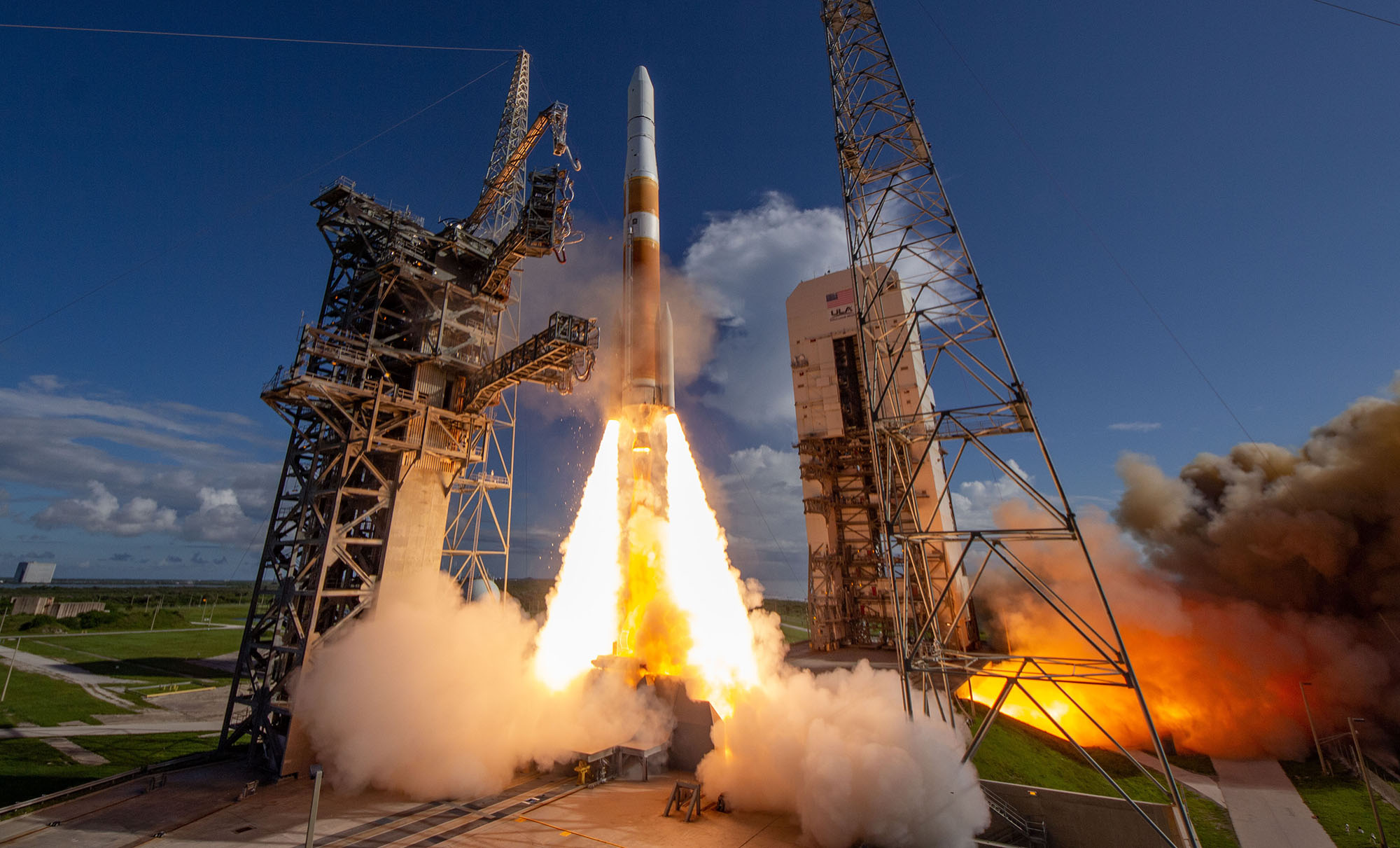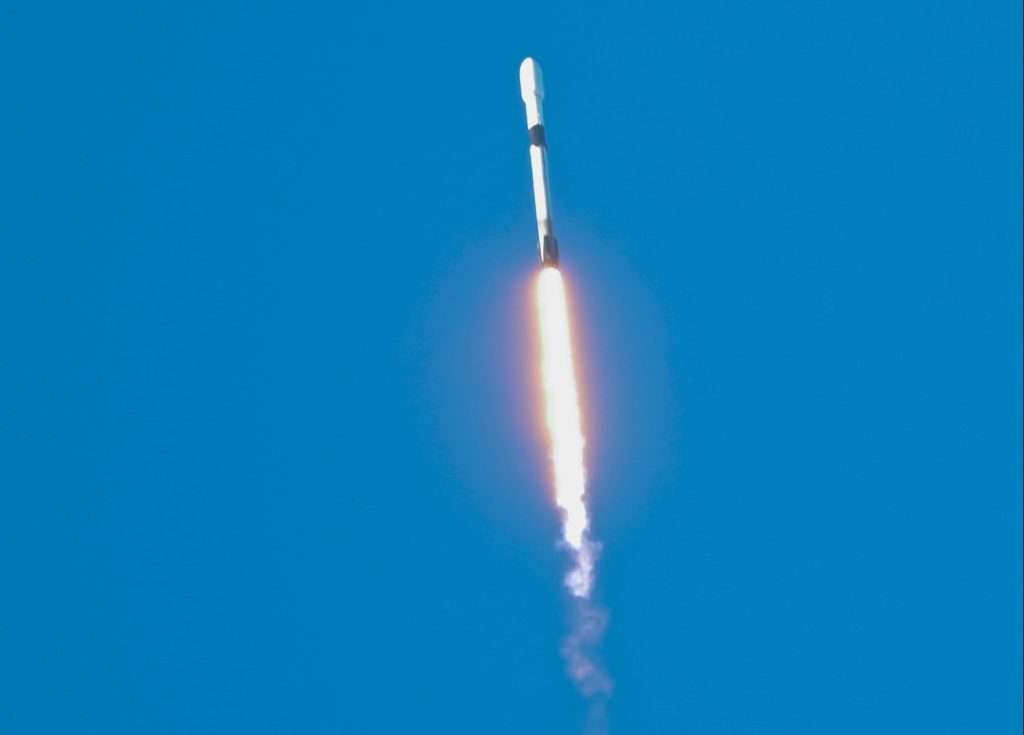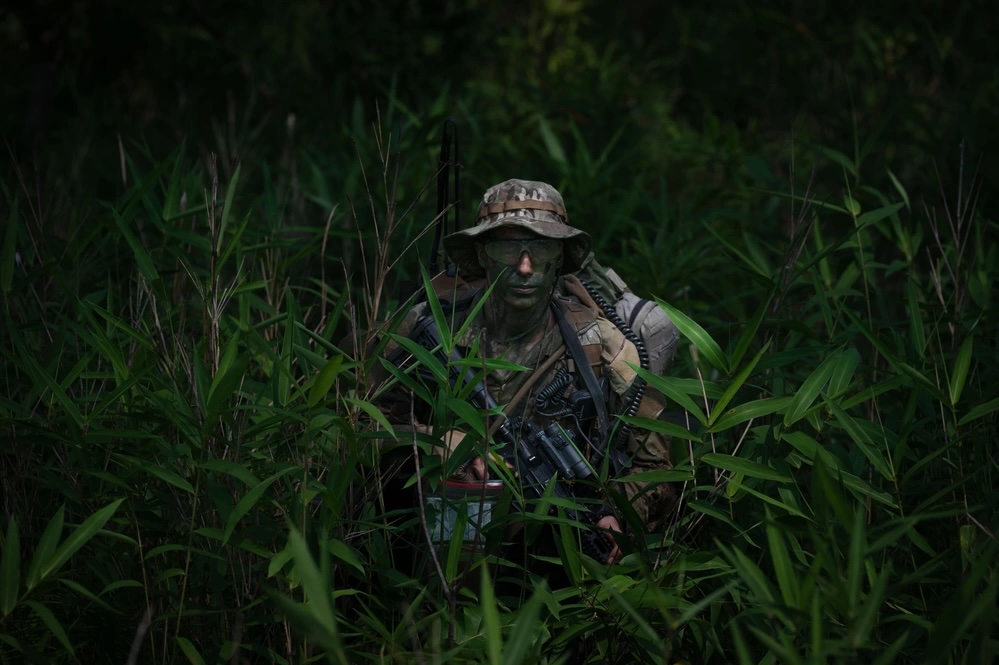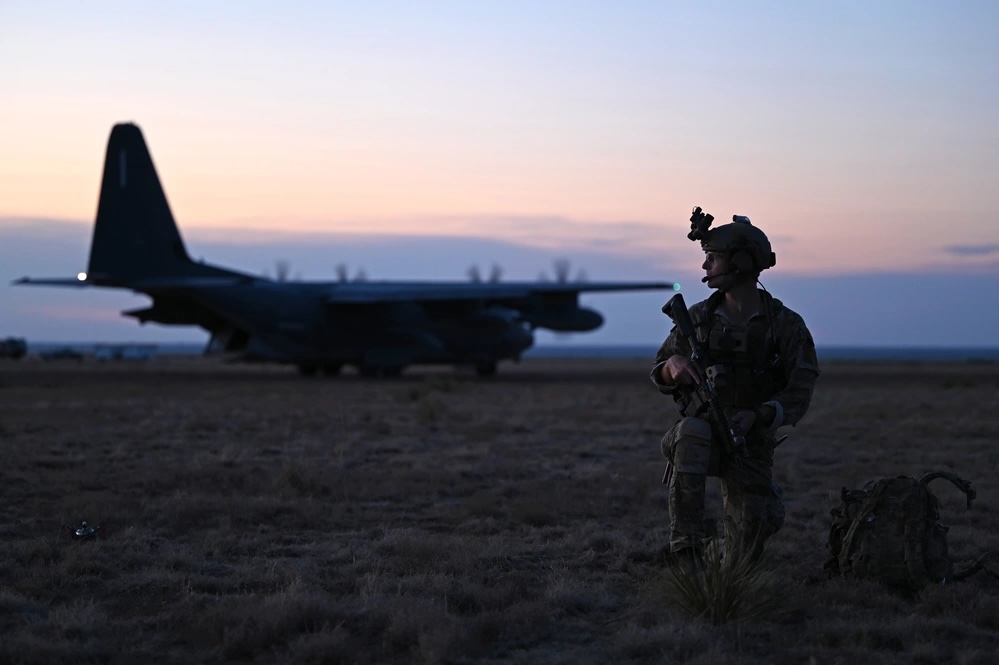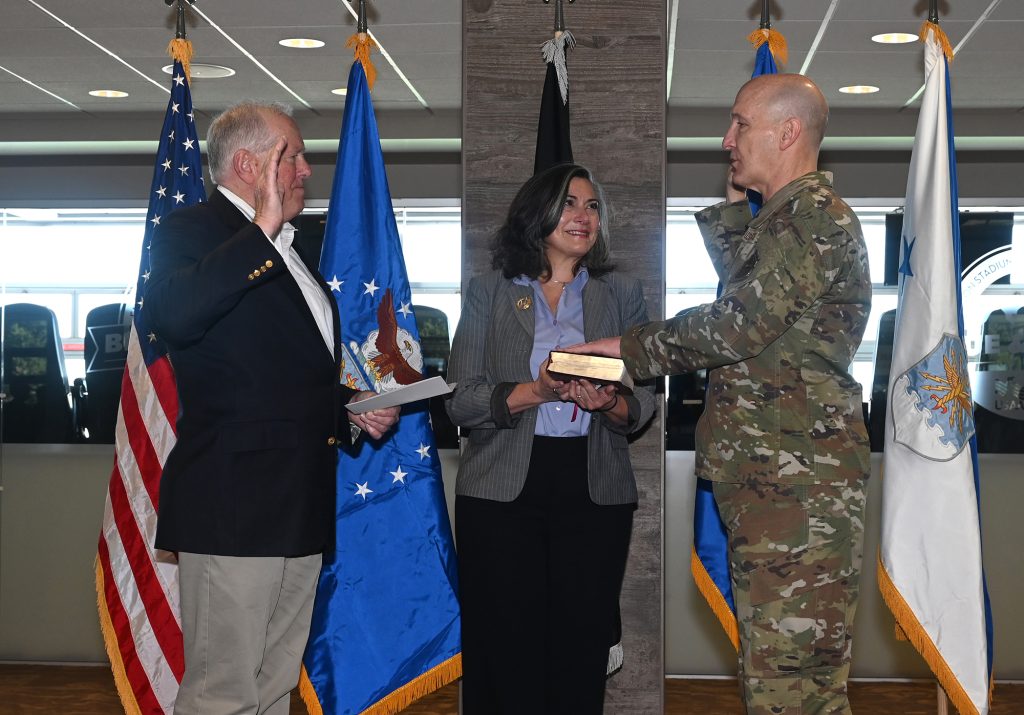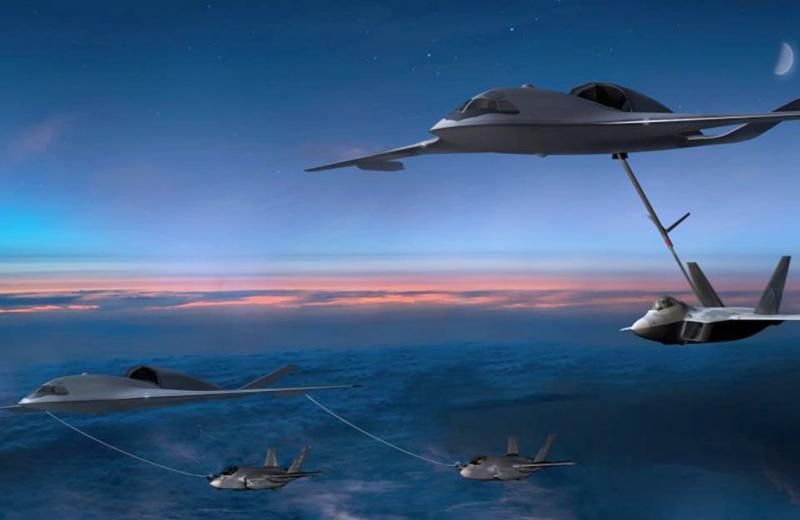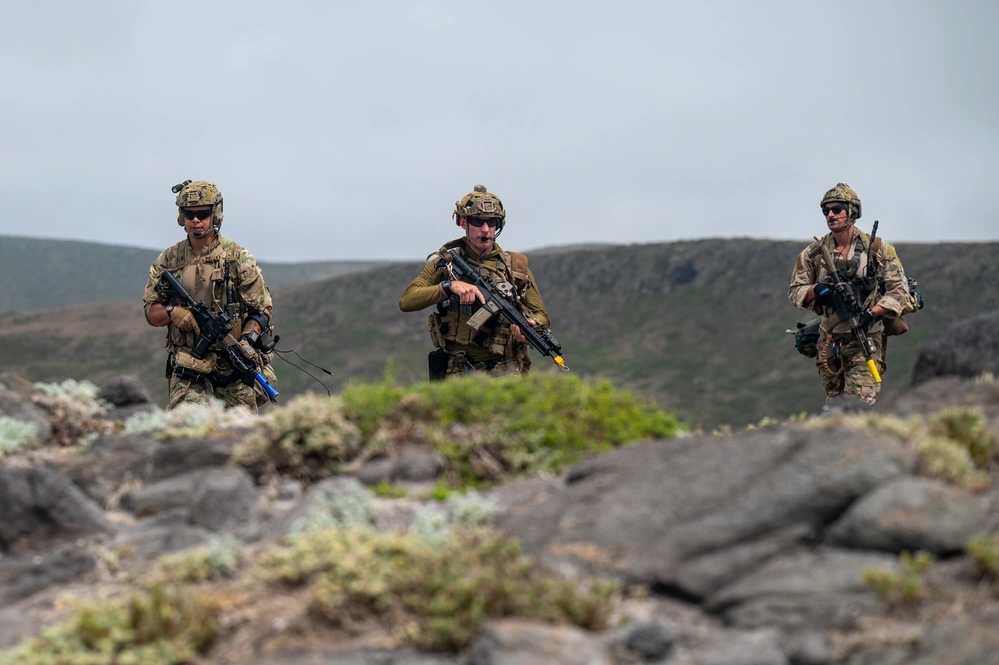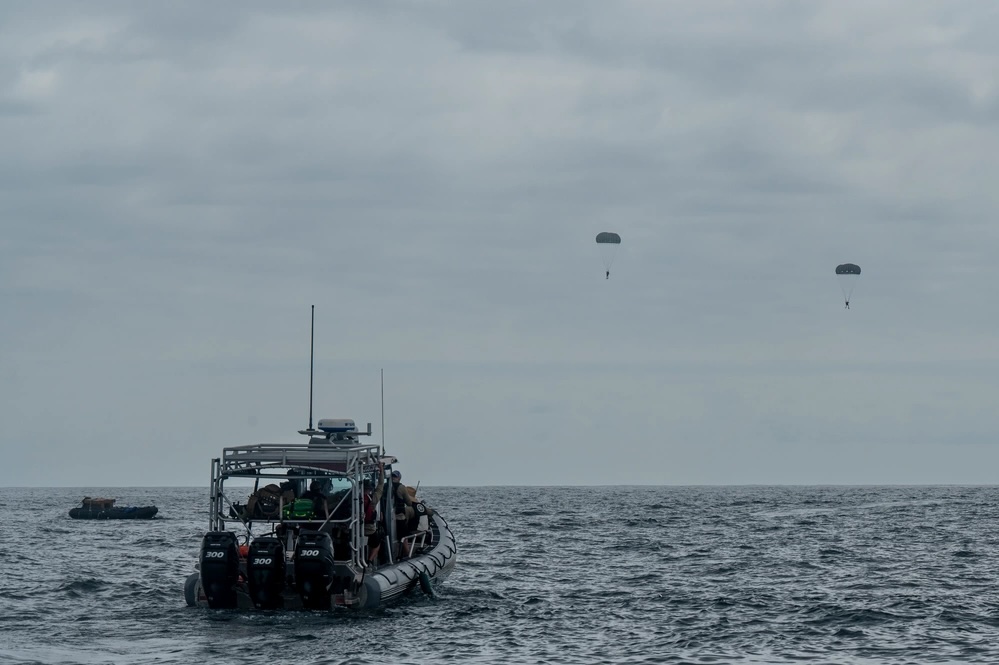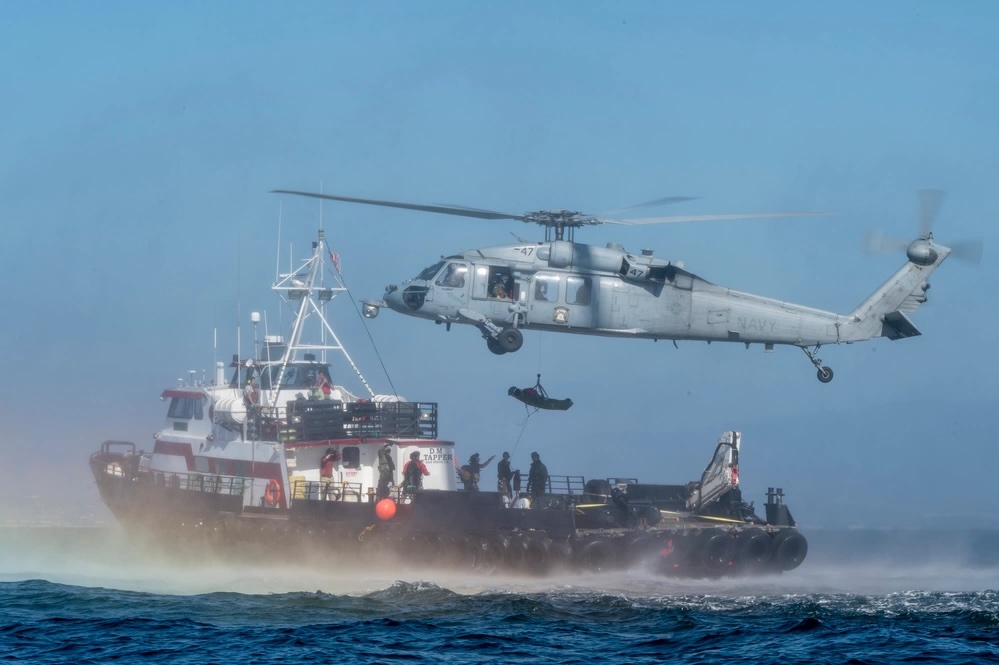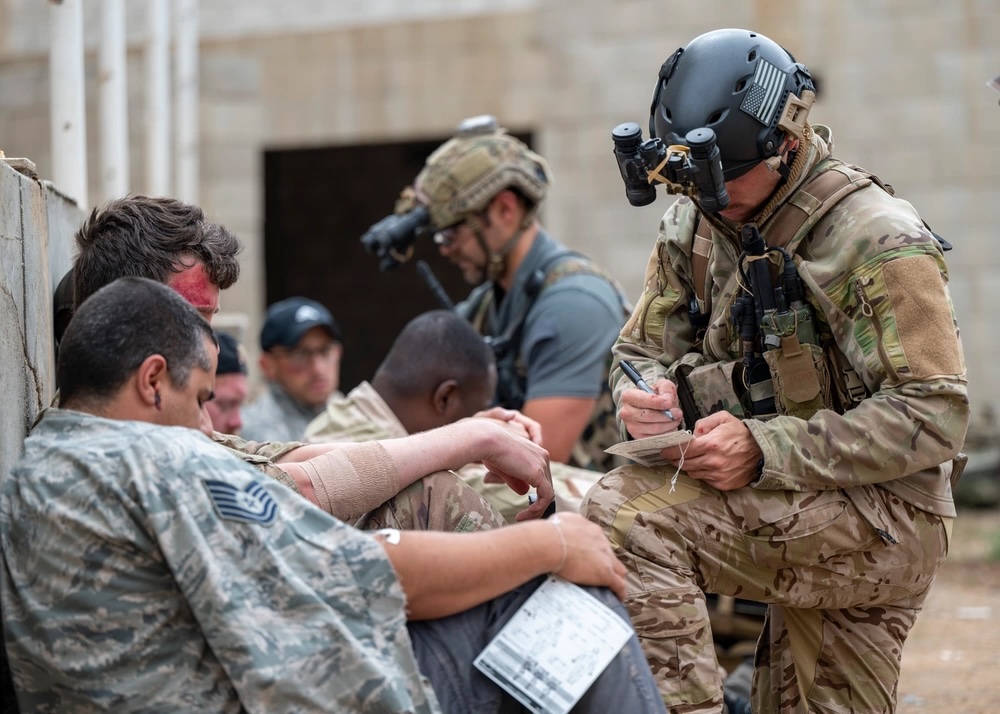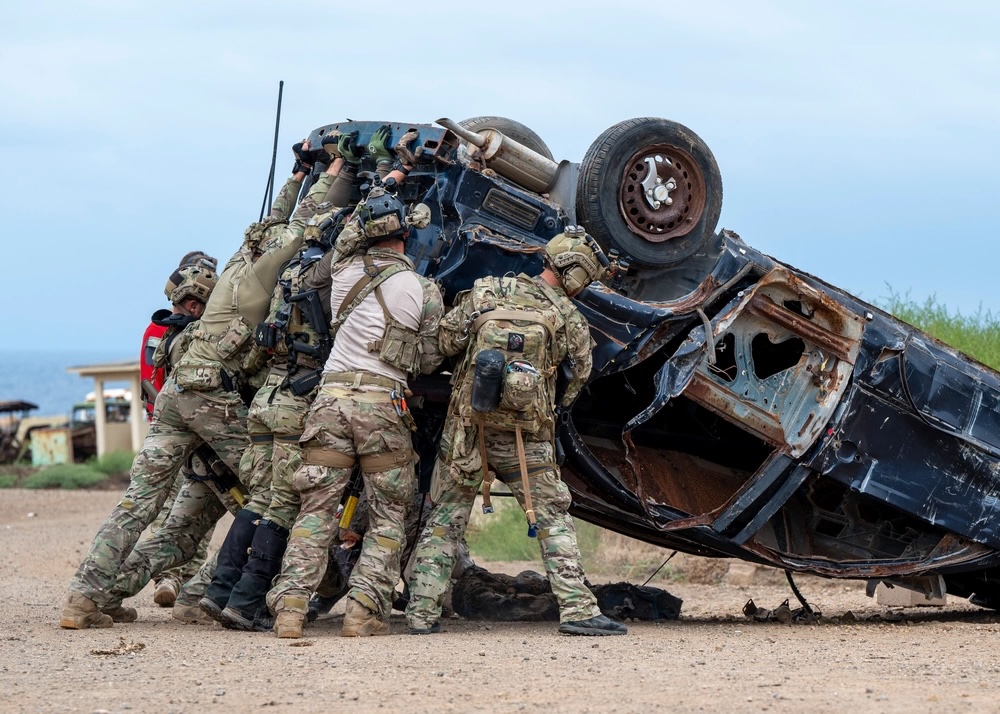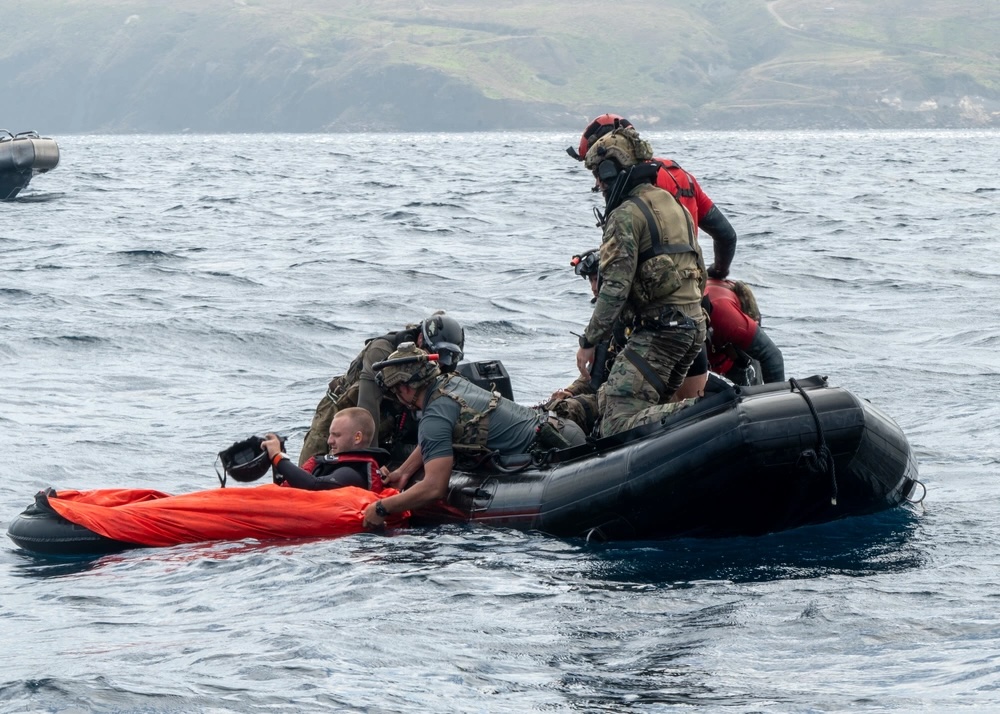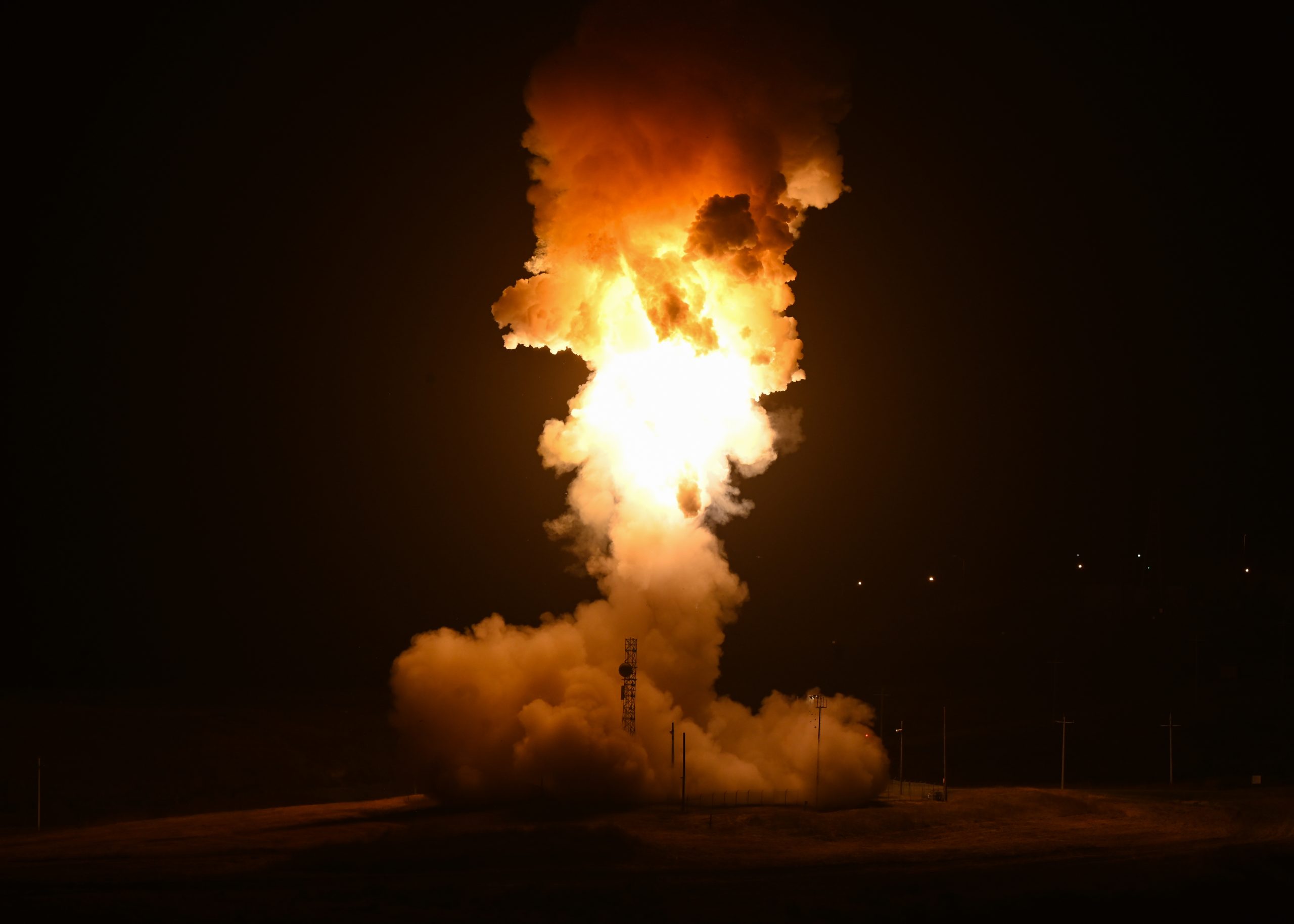The U.S. has been flying MQ-9 drones over Gaza as Washington tries to gather information about American and other hostages held by Hamas and other militants there.
The flights, which the Pentagon acknowledged Nov. 3, began after Hamas’ Oct. 7 attack on Israel that killed more than 1,400 people and has led to a fierce conflict.
Roughly 240 hostages were taken by Hamas, including some American citizens. The Pentagon said the drones are not carrying weapons but are conducting surveillance missions.
“In support of hostage recovery efforts, the U.S. is conducting unarmed UAV flights over Gaza, as well as providing advice and assistance to support our Israeli partner as they work on their hostage recovery efforts,” Pentagon Press Secretary Air Force Brig. Gen. Patrick S. Ryder said in an emailed statement. “These UAV flights began after the Oct. 7 attack by Hamas on Israel.”
The MQ-9 flights were first spotted by online flight trackers.
The Israel Defense Forces are mounting a ground offensive in Gaza in response to Hamas’ assault. Israeli forces have already cut the enclave in two by pushing across Gaza to the Mediterranean. Meanwhile, other Israeli ground forces are advancing from the north.
The goal is to uproot Hamas, an Iranian-backed militia that also has a political wing that controls Gaza. Israel’s ground assault has been accompanied by a punishing air campaign.
The U.S. has provided precision-guided munitions, air defense systems, and ammunition to the Israelis. U.S. personnel are also advising the Israelis on hostage recovery and how to reduce the risk of civilian casualties. One of those advisors was Marine Lt. Gen. James Glynn, who was sent to Israel in October but has since returned to the U.S.
In an Oct. 31 memo obtained by Air & Space Forces Magazine, Secretary of Defense Lloyd J. Austin III restricted military support for Congressional delegations and most official government travel to Israel. The decision was made because of the “unnecessary risk and undue burden such flights put on our personnel,” a defense official said.
“We, the U.S. military, are not participating in IDF target development helping them run their campaign—just to be crystal clear that it is their operation,” Ryder told reporters on Nov. 2. “That planning element is providing planning and intelligence support as it relates to hostage recovery.”
A U.S. official familiar with U.S. MQ-9 operations over Gaza declined to say whether the drones belonged to the U.S. military or a different U.S. agency. The official also declined to discuss operational details of the missions.
Over the past year, the U.S. military has used MQ-9 drones, RC-135 Rivet Joint signals intelligence aircraft, P-8 Poseidon maritime patrol and surveillance aircraft, and other ISR platforms in the Middle East. A senior administration official said there were unarmed U.S. military assets operating in the region.
According to publicly available transponder data from the flight tracking website ADS-B Exchange, a U.S. Air Force RC-135 Rivet Joint flew off the coast of Israel and Gaza in recent days.
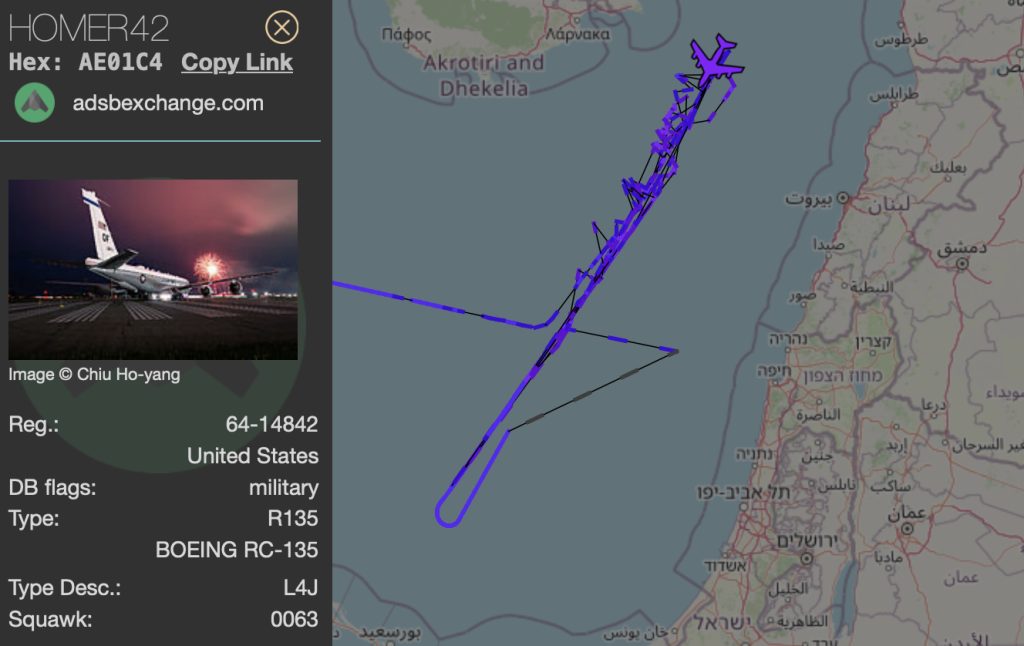
Other assets, such as the E-2D Hawkeye airborne battle management and E/A-18 Growler electronic warfare aircraft, are embarked on the USS Gerald R. Ford aircraft carrier, which is in the eastern Mediterranean Sea.
“We’re there to support any requests necessary to ensure that U.S. forces, U.S. personnel, and U.S. interests are secure across the region,” a senior U.S. defense official told reporters on Oct. 30.
In the days following Hamas’ attack on Israel, the British government announced the deployment of P-8s as part of a package of forces meant to “deliver practical support to Israel and partners in the region.”
